A (conceptual) domain model is a solution-independent description of a problem domain produced in the analysis phase of a software engineering project. It may consist of information models (typically in the form of UML class diagrams), process models (typically in the form of BPMN diagrams), and possibly other types of models.
A domain class model contains only conceptual elements, such as properties (possibly without datatypes) and associations. It does not specify the visibility of properties and methods, as visibility is a platform-specific concept.
Your model is incomplete in many respects (e.g. it does not describe order lines/details, which are taken from the cart), and it does not contain any association. Clearly, an order is associated to one customer and to many items/products (via its order lines).
OrderStatus should be modeled as an enumeration, which is a UML datatype that is stereotyped with <>, and Order should have a status attribute with this enumeration as its range.
The model below may be a bit more general than what you had in mind, because it allows for several warehouses from which an order item can be sourced, and it also distinguishes between private and corporate customers.


